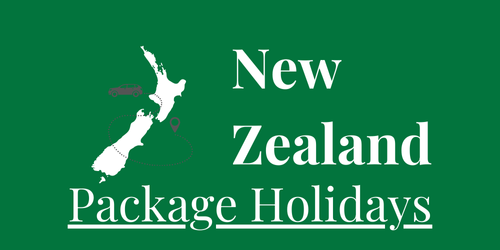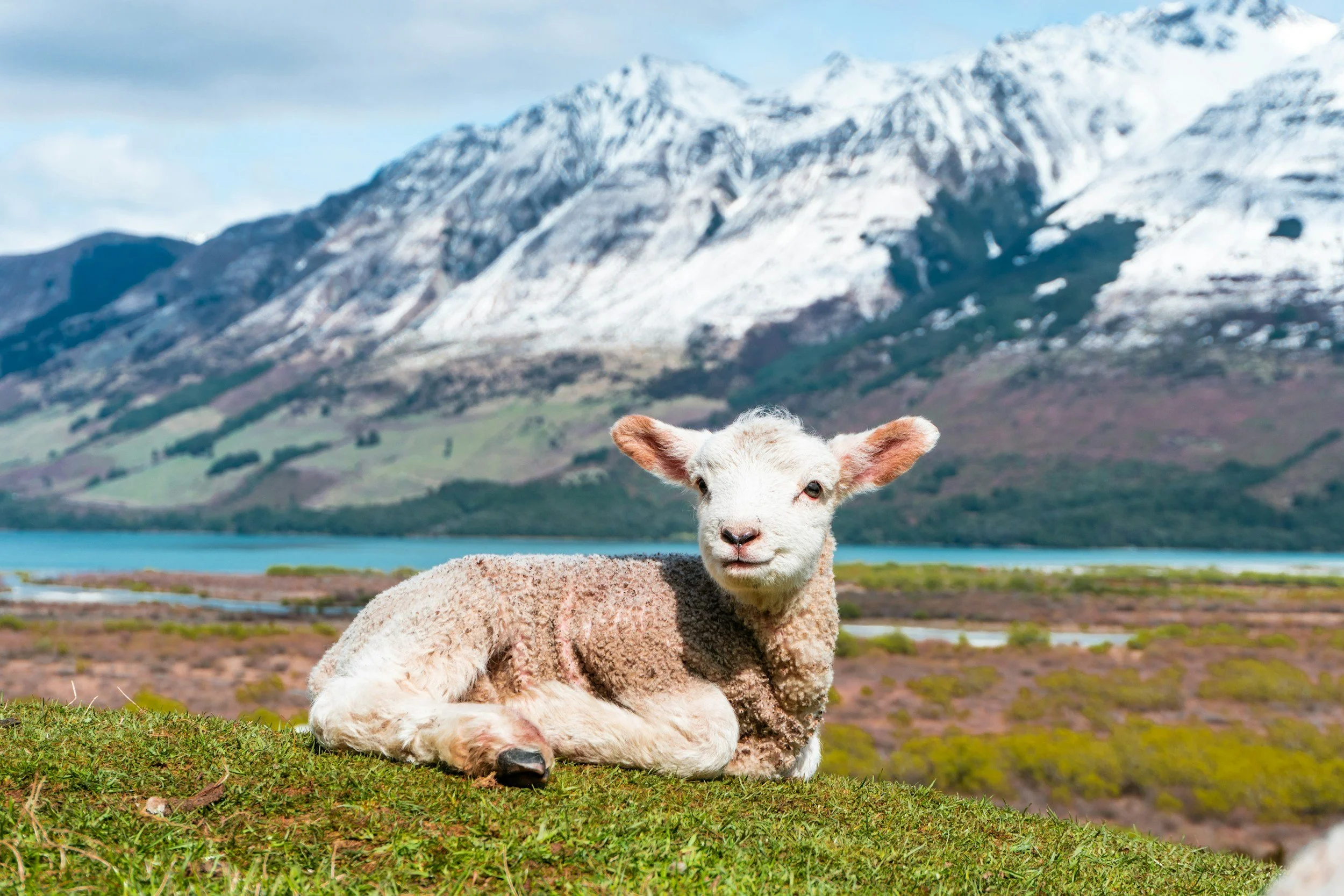New Zealand. A land of contrasts.
We’re here to take the guesswork out of your holiday, and if you opt for a private driver, you’ll have their knowledge at your disposal any time you need it. However it’s always good to know the basics before you embark upon any trip. We’ve compiled an honest, helpful collection of tips and information to consider when planning your New Zealand vacation.
New Zealand Information
Population: 5 million
Language: English, Sign, Te Reo (Māori)
Money: NZ Dollars (about 2 to 1.65 USD)
Capital: Wellington
Biggest City: Auckland (population 1.7 million)
Size: 268,021 km² (103,883 Sq.Miles)
Length to drive: 2,090 km (1,298 miles)
Drive on the left side of the road
Uses the metric system
Summer opposite to Northern hemisphere
Fun Facts
The Māori name is Aotearoa
“Kia ora” is the Māori greeting
More coastline than the continental USA
Crazy about Rugby
Voted least corrupt country in the world
The first country in the world to see the new day
Still part of the British Commonwealth
Australia is 4,157 km (2,583 miles) away
Sorry, no Hobbits only were they lived
The place were Bungy jumping started
When to Go
Spring
September, October, November
Average Temperature 19 °C (67 °F)
The weather’s warming up, attractions are getting busier, and the days are getting longer – a great time to really pack a lot into your day. There will be rain showers but it’s worth it for the rainbows and waterfalls. NZ’s Great Walks start opening up again too (these need to be booked well in advance – often up to six months ahead).
Summer
December, January, February
Average Temperature 23 °C (75 °F)
Summer travel can be bliss. However, from late December through to February, it’s peak season, so for some attractions there may be crowds. Make sure you book at least six months out for the best choice of accommodation, especially in premium holiday spots near the coast.
Autumn
March, April, May
Average Temperature 19 °C (67 °F)
Usually with warm days and cool nights, the temperature is comfortable enough to allow a huge variety of activities, from beach swimming and kayaking through to thermal pools and day hikes. In the South Island, you will also enjoy the array of autumn colour and, yes, you could even include a stop at a world-class vineyard.
Winter
June, July, August
Average Temperature 13 °C (55 °F)
Spectacular winter scenery and fewer travellers makes this a great time to travel. The ski season is open June to October, with the best skiing usually from July to September. Although some of the main nature walks are closed at this time, short walks are usually still very accessible.
New Zealand’s Main Cities and Regions
New Zealand has four main cities, and is divided into 16 very diverse regions. We’ve compiled a short guide to each region’s unique characteristics and attractions to help you, especially if you have limited time for your vacation.
The North Island (Te Ika-a-Māui)
The Far North
The Far North is considered the birthplace of Aotearoa New Zealand. The first canoes arrived here on the shores of the Hokianga Harbour, and later the Treaty of Waitangi was signed here in the Bay of Islands. Natural and cultural history abound in the region everywhere you look.
Auckland
New Zealand’s largest city Auckland shines as the commercial and cultural centre of New Zealand. Its location on 50 islands and 48 dormant volcanoes makes it unusual and breathtaking to behold. With New Zealand’s largest airline hub, Auckland is the perfect place to start your New Zealand vacation.
Waikato and the Coromandel
Just south of Auckland, the Waikato is famed for rugged beaches, underground glow worm caves, the Hobbiton movie set and rich farmland.
The Coromandel Peninsula sports picturesque beaches and a whole range of attractions and activities.
Rotorua
The seething power of the inner earth comes to the surface in Rotorua. Explore the region's geothermal areas and discover the unique culture of New Zealand's Maori people. Rotorua highlights include Mount Tarawera, Whakarewarewa Forest, Ohinemutu, several stunning lakes and many amazing geothermal locations.
Taupo and the Central North Island
This region is one of New Zealand's top tourist destinations with beautiful forests, volcanic mountains and stunning Lake Taupo. It's also the adventure capital of the North Island, with jet boating, bungy jumping, world-class mountain biking, and snow activities. Walk one of the local hikes for a close-up experience of Tongariro National Park (a World Heritage area), or simply relax in one of the region’s geothermal hot springs.
North Island's East Coast
Catch the first sunrise of the world's new day and explore a stunning coast that few people know well. The North Island's East Coast incorporates Tauranga, Gisborne, and remote East Cape—the easternmost point of the main islands of New Zealand.
Napier, Hawke’s Bay and the Wairarapa
Loved for its sunny climate, fabulous beaches, sheltered coastal plains and long-established vineyards. The Hawke's Bay and Wairarapa region covers Napier, Hastings, Havelock North and Martinborough. Napier is the main 'port' city of Hawke's Bay and has the second largest collection of Art Deco buildings in the world behind Miami.
North Island's West Coast
The North Islands West Coast is a place to find the soulful beauty of New Zealand's heartland, and also home to the dynamic cities of New Plymouth and Palmerston North. Fringed by a coastline of stunning surf beaches, Mt Taranaki is ever-present in this region—a huge, dramatic volcanic cone with a snowy top in winter.
Wellington (New Zealand's capital)
Wellington is a compact and walkable city known for its vibrant arts and culture scene. With a downtown area only 2 km across, most major attractions and cafés, restaurants and shops are within easy walking distance from hotels. Wellington also offers a little Hollywood glamour – the majority of the "Lord of the Rings" trilogy was filmed in and around the city. And the city is also the gateway to New Zealand’s South Island, with regular ferry services.
The South Island (Te Waipounamu)
Nelson, Tasman, and Marlborough
The very top of the South Island has luxurious experiences and space aplenty. Discover the Marlborough wine region, Abel Tasman National Park, and the vibrant cities of Nelson and Blenheim, along with the breathtaking Marlborough Sounds.
Kaikoura and Canterbury
Kaikoura is well known for its crayfish and marine life (its name literally means 'to eat crayfish' in Māori. It's also famous for whale and dolphin watching tours. Here, coastal and mountain experiences combine to create a place where there's something hair-raising thrilling, day-dreamingly relaxing, and breathtakingly beautiful for every traveller
Christchurch (gateway to the South Island)
Christchurch is the South Island's largest city, and one of the world’s most unique destinations. Bordered by the Port Hills and the Pacific Ocean, it is situated on the Canterbury Plains with the Southern Alps as a majestic backdrop, allowing for a huge array of experiences all within just a few hours’ drive. Christchurch international airport is the second-largest behind Auckland.
The West Coast
New Zealand's brooding West Coast has the power to touch your soul. A place of solemn mountains, icy glaciers and surreal coastal formations, it has an otherworldly and often untouched ambience. Yet the region is well known for its coal mining history alongside its abundant unique natural attractions. Visit the Oparara limestone arches in Karamea and Kahurangi National Park, check out Greymouth, the heart of the West Coast, and don't miss the Franz Josef and Fox glaciers.
Mt Cook Mackenzie Country
Mt Cook and the MacKenzie Country sit to the east of the Southern Alps in New Zealand's South Island. Mt Cook National Park was gazetted in October 1953 and established to protect the area's landscape, flora and fauna. At 3,754 meters, Mt Cook (Aoraki) is New Zealand's highest mountain. Tekapo, and Twizel, the two closest towns to Mt Cook, are also popular tourist destinations and holiday hot spots.
Queenstown and Lakes District
Spectacular Queenstown and the Lakes District are some of the most iconic tourist destinations in New Zealand. Located in the southwestern, unspoiled alpine region of the South Island, Queenstown is built around a pristine inlet on sparkling Lake Wakatipu. To the north of Queenstown is the world-famous ski area Cardrona and the glacier-fed lakes of Wanaka and Hawea.
Dunedin
Dunedin is considered one of New Zealand’s four major historic cities and is the largest city in the lower South Island. Originally settled by Scottish settlers, Dunedin still retains a strong and proud Scottish heritage; even its name, 'Dunedin,' is Gaelic for 'Edinburgh'. As New Zealand’s oldest city, Dunedin is famous for its stylish Victorian and Edwardian architecture as well its close proximity to marine-based wildlife on the stunning Otago Peninsula.
South Island's Lower East Coast
The Otago Peninsula boasts superb natural attractions in its abundant wildlife, only a 15-20 minute drive from Dunedin. Nowhere else in the world has the world's largest seabirds living so close to human settlement.
Further north on the Otago coast is Oamaru, often used as a movie set, and known for the grand white-stone buildings of its old harbourside precinct. On Moeraki Beach, about halfway between Oamaru and Dunedin are the unique, perfectly round Moeraki Boulders, which weigh up to four tons each.
Central Otago
Central Otago is a powerful landscape – arid and raw, with weathered ancient mountains, alpine herb fields and fast-flowing rivers.
In the 1860s, Central Otago was a gold-mining hub, but today's gold is wine. Pinot Noir, the most fickle of grape varieties, excels in these southernmost vineyards and most wineries offer tours and tastings.
Fiordland
Fiordland, just 2 hours from Queenstown or Invercargill, is one of the southern hemisphere’s greatest wilderness regions. It has World Heritage Status for its spectacular natural features, remarkable beauty and role in demonstrating the earth’s evolutionary history. Its extraordinary scenic splendour has earned this region a reputation as a significant walking destination, and a 'must-see' status for anyone traveling to New Zealand. Among its gems are Mitre Peak, the stunning fiords of Doubtful Sound and Milford Sound, the beautiful lake towns of Te Anau and Manapouri, and the Kepler, Milford and Routeburn Tracks.
Southland and Stewart Island
Southland is the southernmost region of New Zealand. Here you can rediscover yourself and, given the luxury of time, you can encounter wild places in Southland that few have seen. Main centres in Southland include South Catlins, Gore, Invercargill, Bluff and Stewart Island.
Fill in the questioner so we can get an understanding of your New Zealand vacation, or if you prefer you can contact us or schedule a phone call in the section below
Let’s start planning your dream New Zealand vacation.
Drop us a message with any questions or requests for more information. We're here to help!


























